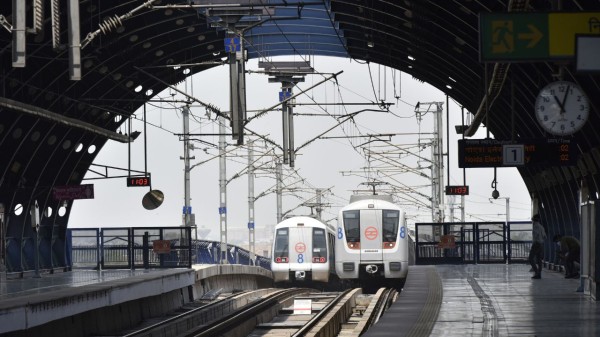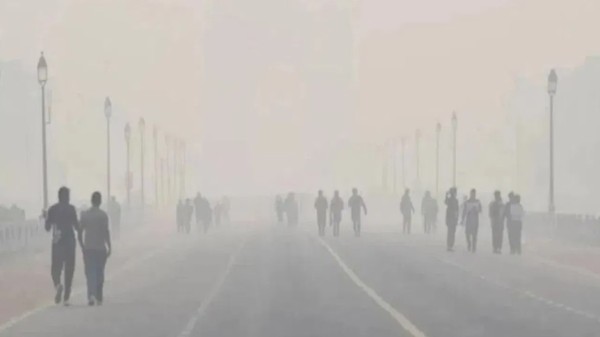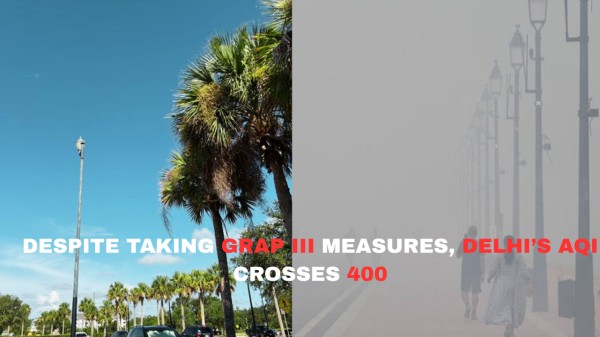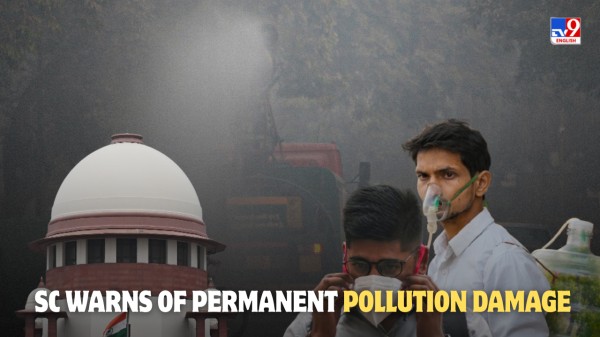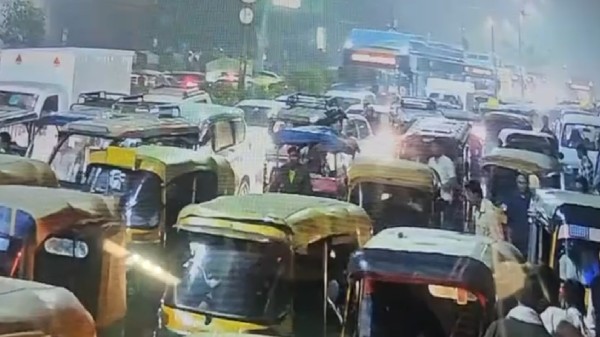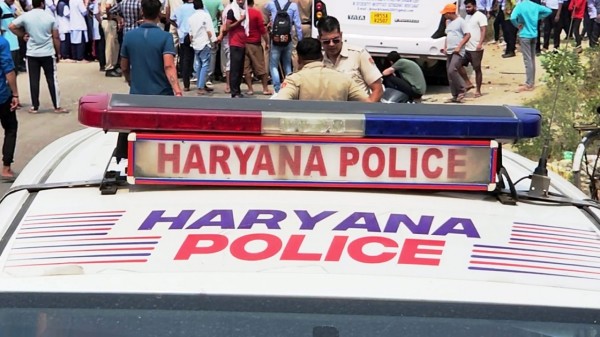

By signing in or creating an account, you agree with Associated Broadcasting Company's Terms & Conditions and Privacy Policy.


By signing in or creating an account, you agree with Associated Broadcasting Company's Terms & Conditions and Privacy Policy.
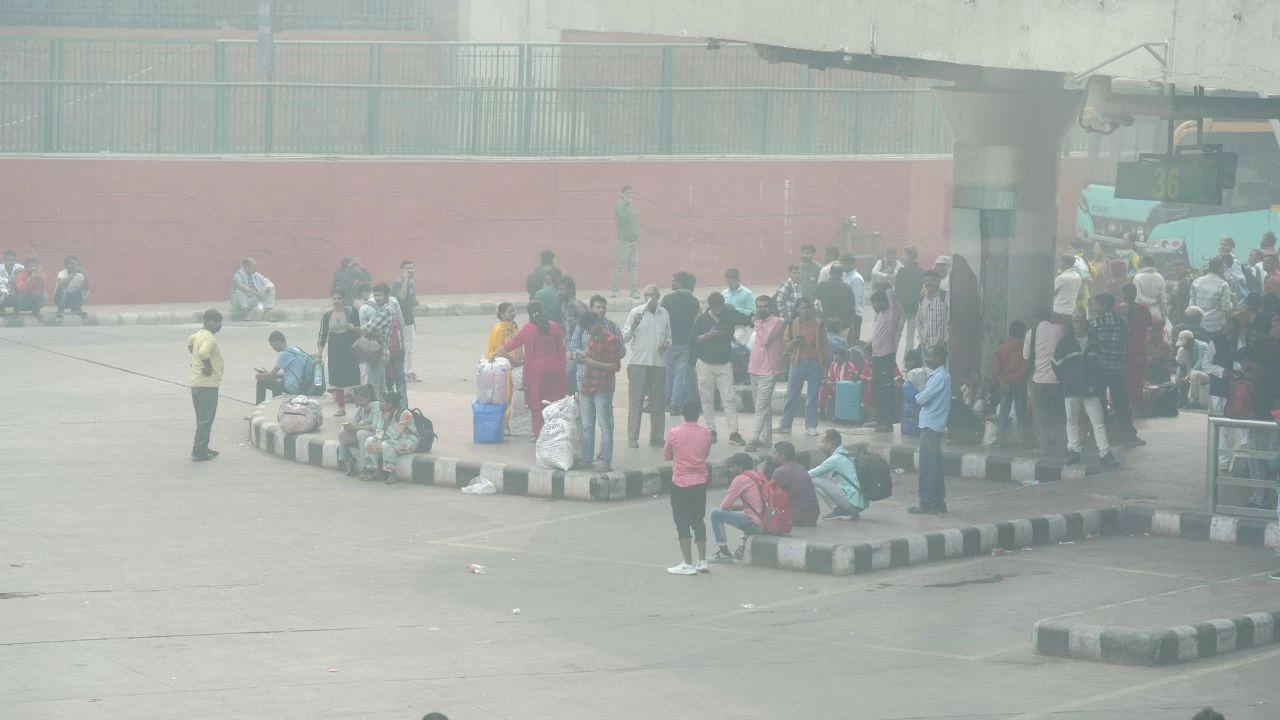
New Delhi: Air quality across Delhi-NCR deteriorated further on Monday, with several parts of the region recording AQI levels in the "severe" category despite Stage III of the Graded Response Action Plan (GRAP) in force. Dense smog covered large parts of the national capital.
According to the Central Pollution Control Board (CPCB), Delhi's average AQI stood at 359 at 7 am, categorised as "very poor". However, multiple hotspots breached the 400-mark. Bawana recorded the day's highest AQI at 427, placing it firmly in the "severe" category. DTU (403), Jahangirpuri (407), Narela (406), Rohini (404) and Wazirpur (401) also reported severe pollution.
Several other areas recorded AQI above 300, including Alipur (386), Anand Vihar (384), Ashok Vihar (392), ITO (394), Chandni Chowk (383), Dwarka Sector-8 (356), Burari Crossing (355) and North Campus (342).
Pollution levels remained high in NCR too with Ghaziabad recording AQI of 395, Noida 361, and Gurugram 262.
Aqi.in pegged Delhi's overall AQI at 443, indicating an even more alarming "severe-plus" condition.
With pollution levels refusing to ease, Delhi continues to implement GRAP Stage III measures, which were activated on November 11. These include:
- Ban on most non-essential construction and demolition activities
- Restrictions on BS-III petrol and BS-IV diesel four-wheelers
- Suspension of physical classes for students up to Class 5
- Curbs on industries operating on non-clean fuels
- Ban on non-emergency diesel generator sets
Despite these measures, pollution levels remain stubbornly high across the region.
Meanwhile, the Supreme Court has directed the governments of Punjab and Haryana to file detailed reports on steps being taken to curb stubble burning -- one of the major contributors to Delhi-NCR's winter pollution.
A bench of Chief Justice BR Gavai and Justice K Vinod Chandran said: "We direct the states of Punjab and Haryana to file a report on what steps are being taken to curb stubble burning."
Since Diwali, Delhi-NCR has seen air quality oscillate between "very poor" and "severe", with meteorologists warning that the combination of low wind speed and falling temperatures may keep pollution trapped for several more days.
